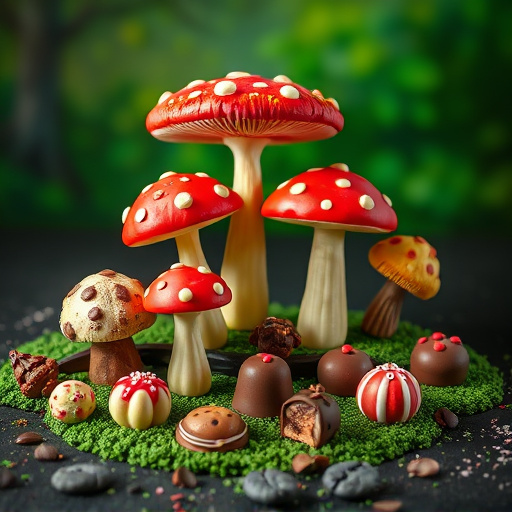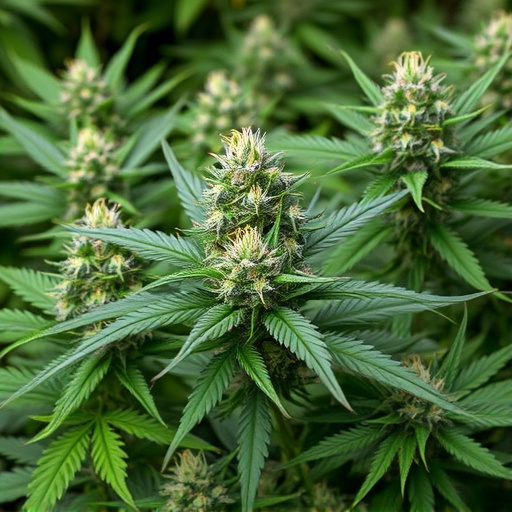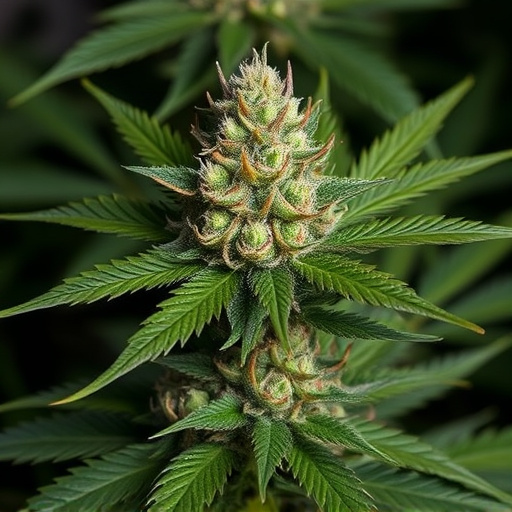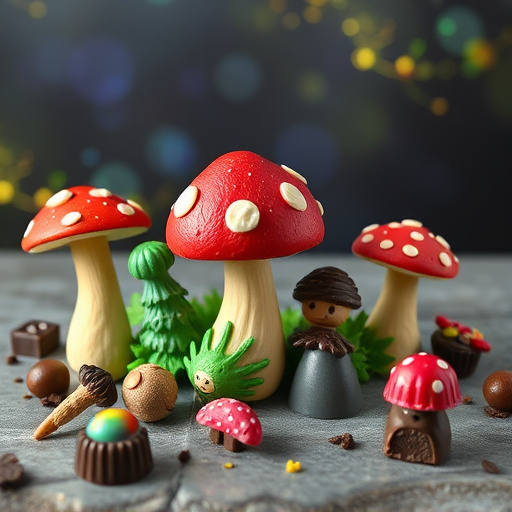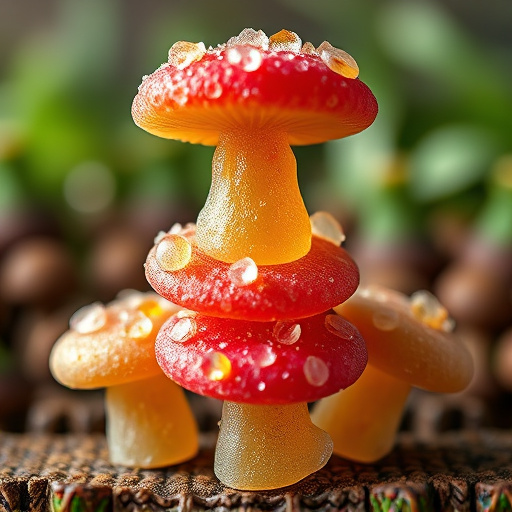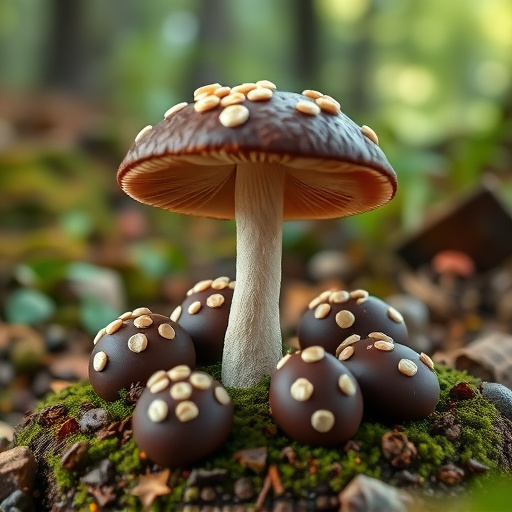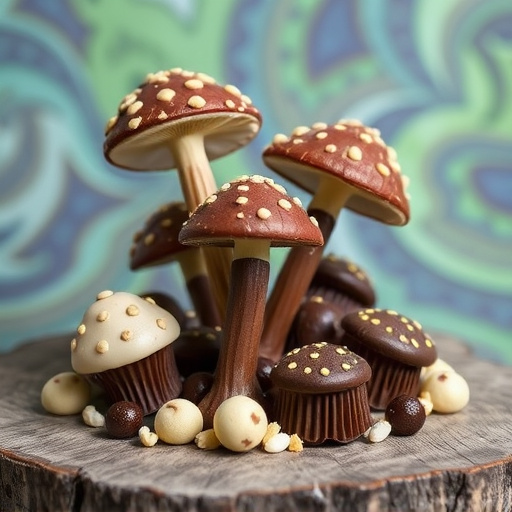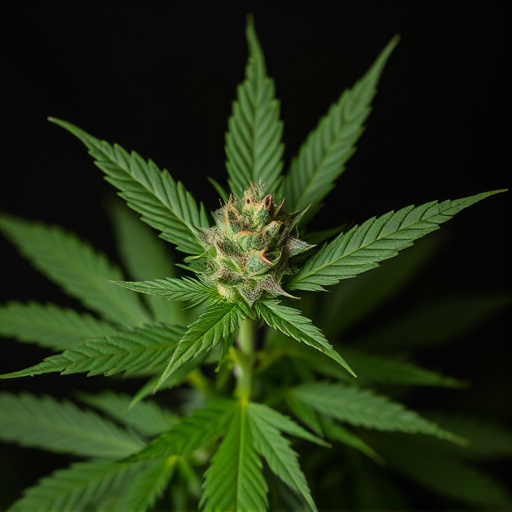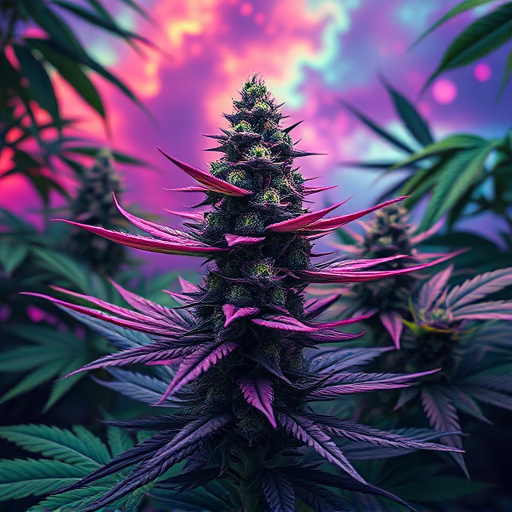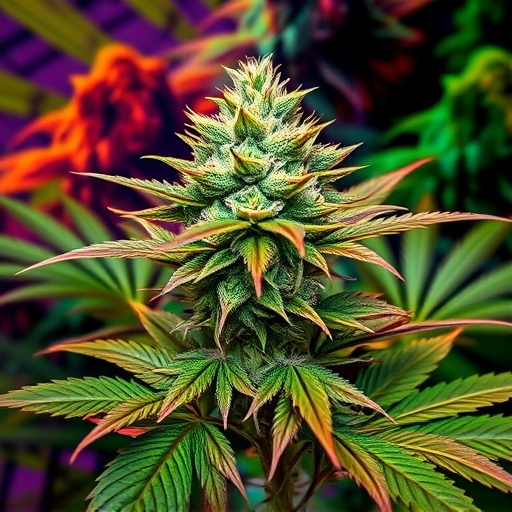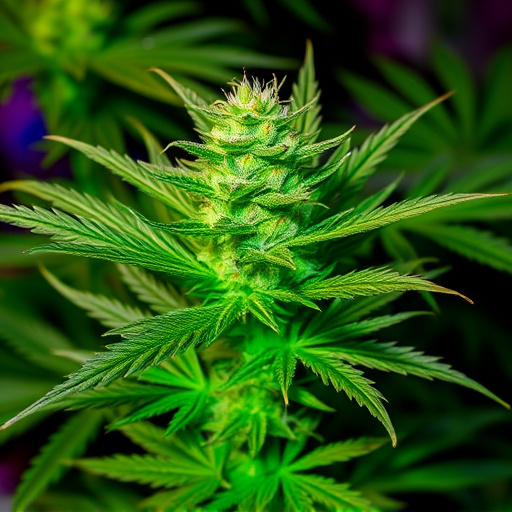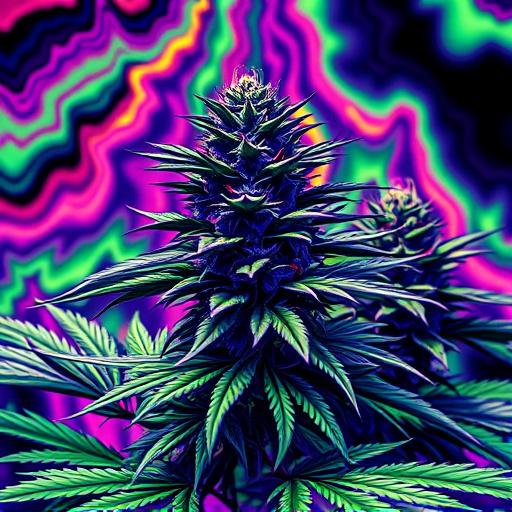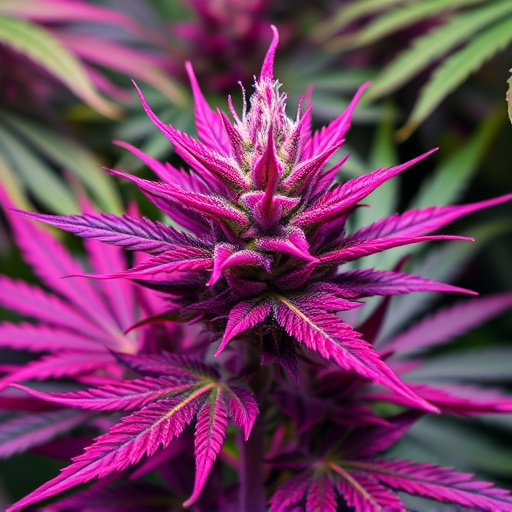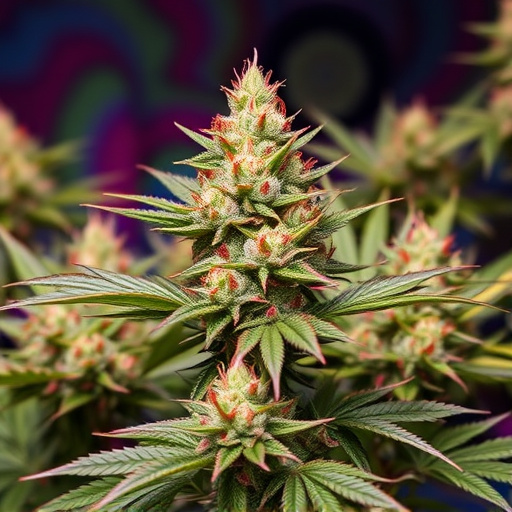The cultivation environment profoundly impacts the development and final characteristics of psychedelic cannabis strains. Indoor growing offers control over lighting, temperature, and humidity for consistent quality and yield year-round. Outdoor cultivation leverages natural elements like sunlight and seasons to produce unique terpene profiles and complex flavors. Both methods cater to enthusiasts seeking distinct sensory experiences, with indoor offering faster growth and higher yields, while outdoor provides diverse terpene profiles and organic appeal.
Uncover the captivating contrast between indoor and outdoor-grown cannabis flowers, each offering distinct experiences. This article explores the intricate dance between cultivation methods and environmental factors that shape the unique characteristics of these plants, particularly in the realm of psychedelic cannabis strains. From terpene profiles to bud structures, understanding these differences is key for growers aiming to optimize their harvests. Discover how choosing the right strain and refining growth conditions can enhance the potent psychedelic effects sought by enthusiasts.
- Growth Environments: Indoor vs Outdoor
- – Comparison of cultivation methods
- – Unique characteristics of each environment
Growth Environments: Indoor vs Outdoor
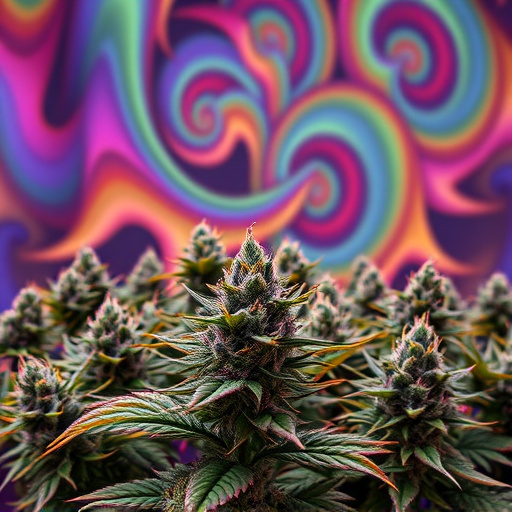
The environment in which cannabis plants are grown significantly influences their development and ultimately, the characteristics of the final product. Indoor and outdoor growing offer distinct advantages and challenges that shape the trajectory of cannabis cultivation.
Indoor cultivation provides a controlled environment where growers can meticulously regulate temperature, humidity, light intensity, and duration. This meticulous control is ideal for cultivating specific psychedelic cannabis strains known for their potent effects and unique terpene profiles. Indoor gardens often employ advanced lighting systems, such as LED or HID lamps, to mimic natural sunlight spectrums, ensuring plants receive the optimal light for robust growth. In contrast, outdoor cultivation allows plants to grow naturally under the influence of varying environmental conditions, including direct sunlight, changing seasons, and outdoor air circulation. This method is particularly well-suited for regions with temperate climates, offering a more extensive growing season but less precise control over growth parameters compared to indoor settings.
– Comparison of cultivation methods
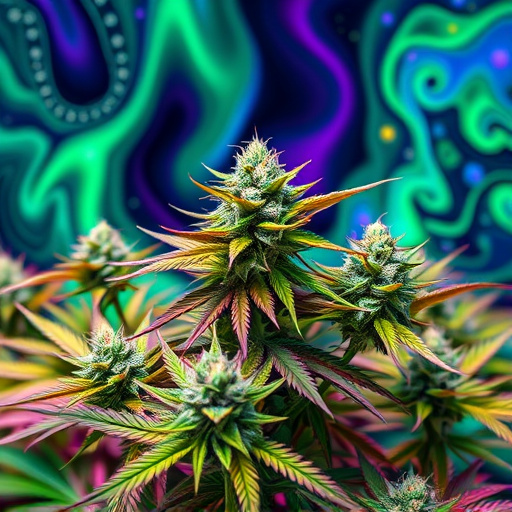
When cultivating psychedelic cannabis strains, whether indoors or outdoors, growers employ distinct methods that significantly impact the final product. Indoor cultivation typically involves controlled environments with artificial lighting, temperature regulation, and precise humidity control. Growers can closely monitor and manipulate these factors to optimize conditions for specific strain characteristics. This method allows for year-round production and the ability to isolate plants from external influences, ensuring consistent quality and yield.
In contrast, outdoor cultivation relies on natural sunlight, ambient temperatures, and varying environmental conditions. While offering a more natural approach, outdoors presents challenges like unpredictable weather, pests, and disease pressure. Growers must select suitable strains adapted to their climate and carefully time planting to align with the natural growing season. Despite these challenges, outdoor cultivation can produce cannabis with unique terpene profiles influenced by sunlight exposure and varying environmental factors.
– Unique characteristics of each environment
The environments in which cannabis flowers grow can significantly impact their final characteristics, especially for psychedelic cannabis strains. Indoor cultivation offers precise control over conditions like temperature, humidity, and light cycles, allowing growers to optimize the plants’ potential. This controlled setting often results in faster flowering times, higher yields, and uniform plant development. Indoor-grown cannabis is known for its potent effects and distinct aromatic profiles, making it popular among enthusiasts seeking specific sensory experiences.
In contrast, outdoor cultivation allows plants to interact naturally with their environment. Sunlight, varying temperatures, and outdoor elements can contribute to a more diverse range of terpene profiles and potentially increase the content of certain cannabinoids, including THC and CBD. Outdoor-grown cannabis is celebrated for its complex flavors and aromas, often described as earthy, fruity, or floral, making it appealing to those who appreciate the natural, organic qualities of psychedelic strains.
In exploring the distinction between indoor and outdoor cannabis flower, it’s evident that both methods yield unique psychedelic cannabis strains with distinct flavors and effects. Indoor cultivation offers control over environmental factors, resulting in consistent quality and robust plants. Conversely, outdoor growth provides natural sunlight and fresh air, contributing to robust terpene profiles and potentially enhanced psychoactive experiences. Ultimately, the ideal environment depends on cultivators’ preferences and desired characteristics, ensuring consumers have a diverse range of options to explore and enjoy.
